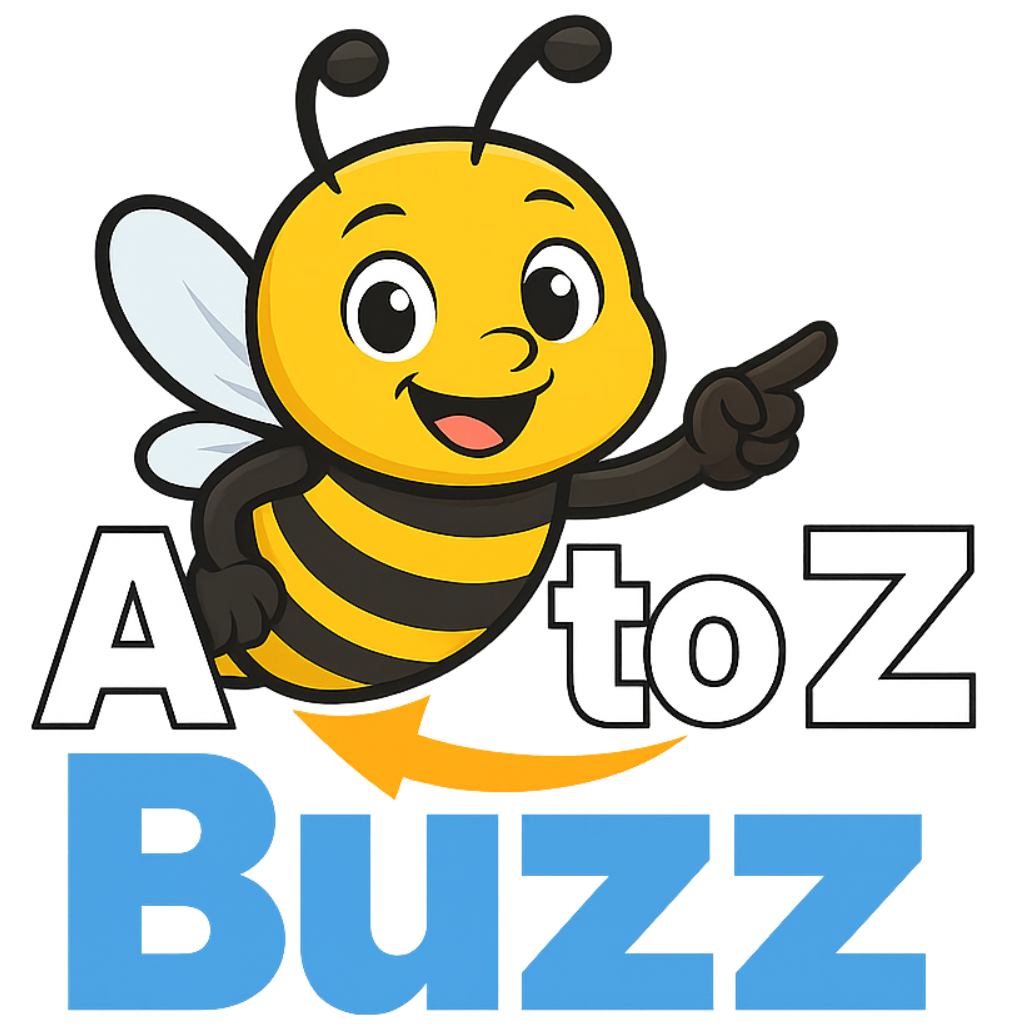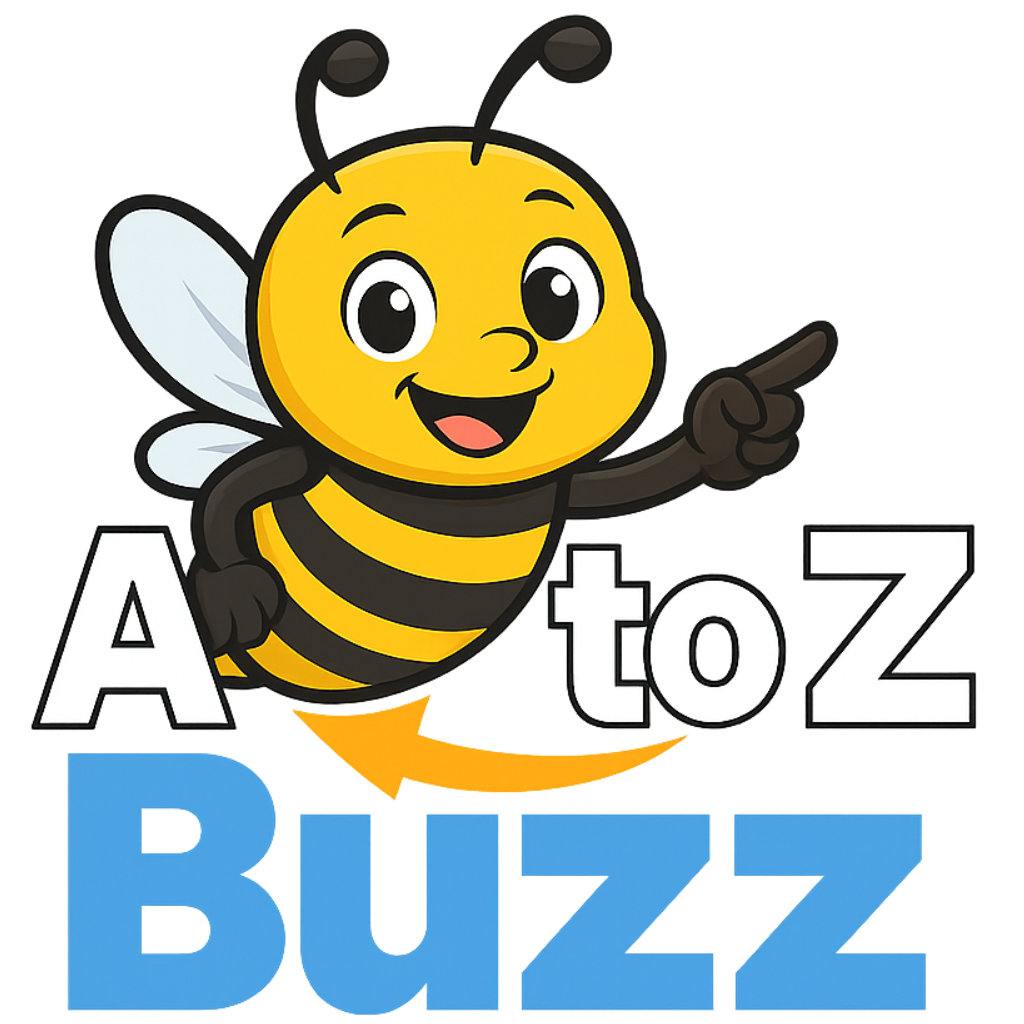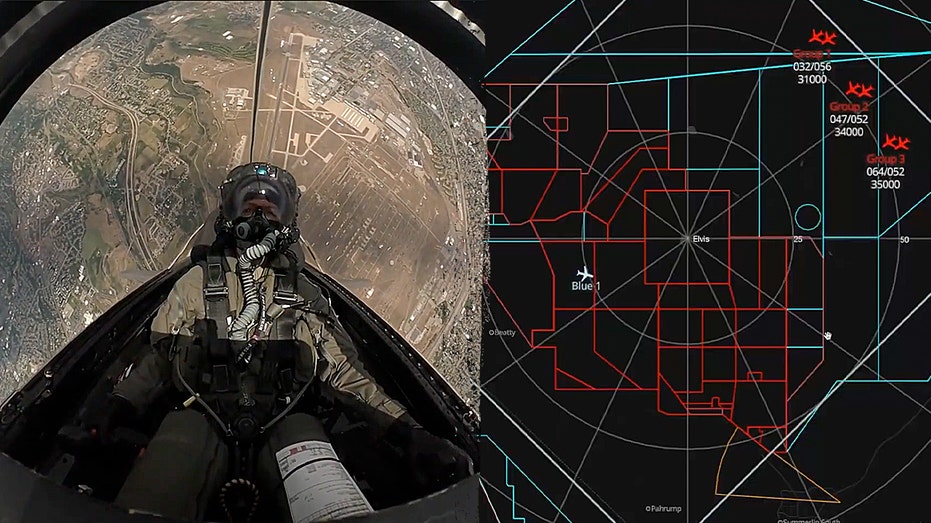Fighter pilots take directions from AI in Pentagons groundbreaking test
FIRST ON FOX: For the first time, U.S. fighter pilots took direction from an AI "air battle manager" in a Pentagon test that could change how wars are fought in the skies.The Air Force and Navy ran the August test using Raft AIs Starsage tactical control system on F-16s, F/A-18s and F-35s during a joint military exercise designed to evaluate new weapons systems, advanced communications and battle management platforms, Fox News Digital has learned.In a typical combat mission, fighter pilots communicate with human air battle managers on the ground. These managers monitor radar, sensor feeds and intelligence to direct pilots on where to fly and how to position their aircraft."We havent seen our enemies test any similar technology, so I think this is groundbreaking," Raft AI CEO Shubhi Mishra told Fox News Digital in an interview.AI ARMS RACE: US AND CHINA WEAPONIZE DRONES, CODE AND BIOTECH FOR THE NEXT GREAT WARShe said Starsage both speeds up response time and improves accuracy, allowing pilots to make decisions that once took minutes in just seconds. "In the air battle managers case, its not a one-to-one ratio: one air battle manager is helping several pilots," Mishra explained. "The autonomous agent we built is one-to-one, at the beck and call of each pilot."Air battle managers operate somewhat like air traffic controllers at the Federal Aviation Administration (FAA), ensuring aircraft dont collide and remain within safe air corridors. Mishra argued that Starsage could also have prevented the collision between a regional airliner and a Black Hawk helicopter near Ronald Reagan National Airport earlier this year."If the FAA had this technology, that never would have happened," she said. "Its just data, and then execution on the data." An investigation by the National Transportation Safety Board revealed that the Black Hawks pilots never heard the command to "pass behind the [commercial regional jet]" because the transmission was stepped on. The airliners pilots were not warned there was a helicopter nearby.THE FUTURE OF AIR COMBAT: HOW LONG WILL THE US MILITARY STILL NEED PILOTS?During the test, fighter pilots checked in with Starsage, confirming they were on track with the mission plan. Starsage cross-referenced their reports with its simulated sensor feed and the days Air Tasking Order, then announced that the minimum force package had been met, signaling that the required number of aircraft were airborne and ready. Behind the scenes, the AI prepared to digitally update the mission commander and other command-and-control agencies.A battle manager monitored each scenario, and pilots were able to direct Starsage to call them as needed for human direction.Later in the scenario, when pilots requested a threat assessment, Starsage analyzed its feed and issued whats known as a "picture call" a snapshot of enemy aircraft formations. In this case, Starsage identified a single heavy group of five adversary aircraft, marking the first time an AI system has provided real-time tactical awareness in the air battle space.The development comes as defense aviation leaders debate how much longer humans will remain in the cockpit of combat aircraft, and how many future generations of fighter jets the Pentagon will ultimately need. To an AI expert like Mishra, "if its a life-or-death decision, humans should always be in the loop.""But in terms of the technology being capable of doing this, I think its already here," she said. "The question is, do we let it?"




